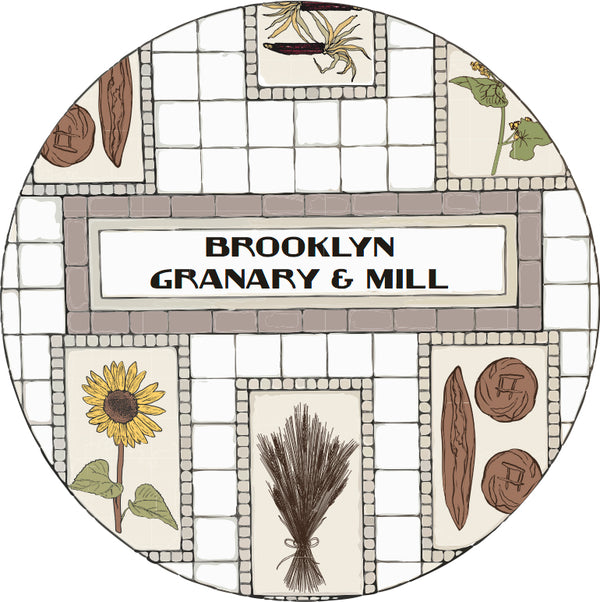For the uninitiated there are a lot of categories and subcategories of wheat classification that can seem confusing. The categories are generalities, they give you an idea of the qualities that the wheat could have but they don't tell the whole story. All wheats are defined by when they are planted, their color, and their hardness. Hardness and color are both on a spectrum. Some hard grains are very hard and some red grains are only a little red. There is a correlation between hardness and protein level, generally the harder the grain the more gluten there is. Winter and Spring are very specific they speak to when the wheat was planted. Both are harvested in the summer.
Hard Red Winter Wheat- The most planted and used wheat, because it has a lot of uses. It is usually a big part of AP and bread blends. HRW can be used exclusively to make bread. In our region farmers prefer it to Hard Red Spring because it is in the ground longer which is more beneficial for the soil.
Hard White Winter Wheat- Pretty uncommon in our region, except for a variety called Appalachian White. Hard Whites such as Sonoran generally enjoy drier condition. HWW has the same qualities as HRW but the white bran has a more mild and less tannic flavor than HRW.
Soft White Winter Wheat- Widely grown in the Northeast. This is a soft low protein wheat with a mild flavor. Generally used for pastries but can add some softness and mellowness to breads.
Soft Red Winter Wheat- Not as commonly grown in the Northeast. Very similar to soft white but with a more intense and tannic flavor
Hard Red Spring Wheat- This is the hardest, highest protein/gluten, and most intensely flavored wheat out there. This is the powerhouse that is added to blends to bring strength and elasticity. The US exports this around the world to add strength to softer flours. It would be very unlikely, except in the case of facultative wheats such as Red Fife, that a HRS would be used for a pastry.
Hard White Spring Wheat- This class is close to non existent in the Northeast. Varieties such as Sonoran really enjoy the drier conditions in the central plain and desserts.

